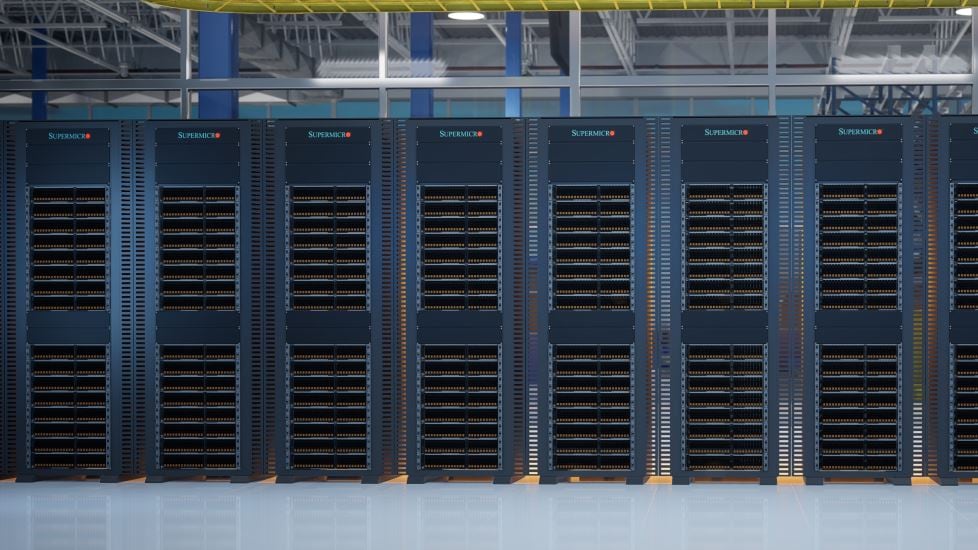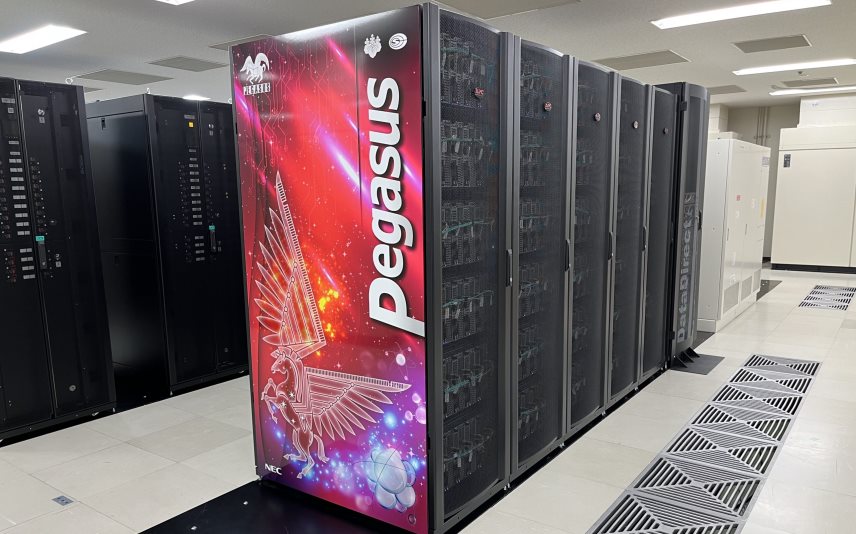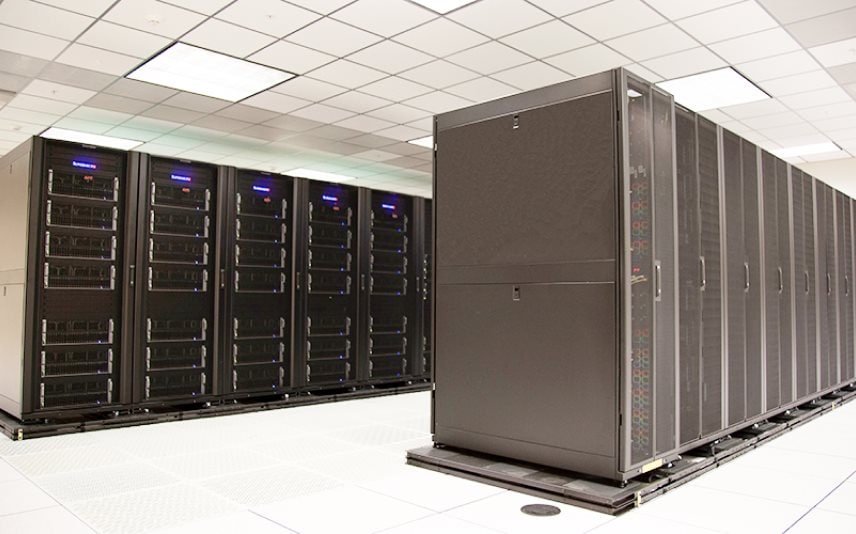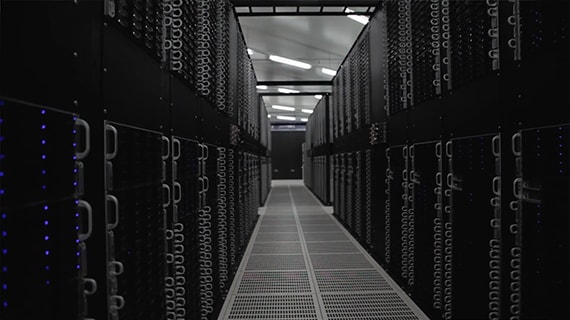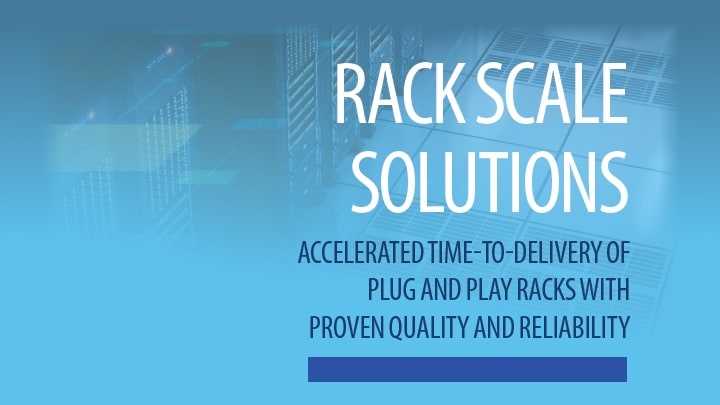Accelerating Your Discoveries
At Supermicro, we take pride in building HPC solutions from the ground up. From custom design to implementation, our dedicated teams offer plug-and-play services optimizing every aspect of each solution to meet and exceed even the most daunting challenges in HPC, while also simplifying the deployment of supercomputers.
High Performance Computing (HPC) is a computational domain that aims to solve complex problems through parallel processing. An HPC system of today consists of hundreds to thousands of CPUs connected through a high speed network. A large HPC cluster of servers can be assigned to work on a single large problem simultaneously or several smaller problems. Many HPC applications are currently written to simultaneously take advantage of tens, hundreds, and thousands of cores, resulting in orders of magnitude lower time to solution. Supermicro designs a range of high performance computing solutions to fit every need. Supermicro's HPC solutions are expertly designed, built, and tested by Supermicro professionals. Liquid cooling is available at rack scale for environments where liquid cooling is required.
Many fields can use HPC technologies, including:- Engineering - designing and optimizing new physical products, including automobiles, planes, structures, and consumer appliances.
- Scientific Research - basic and applied research to model climate change, more accurate weather forecasts, galaxy and star formation, and weapons modernization.
- Finance - fast decisions based on very low latency calculations to make trading decisions
- Defense - create battlefield scenarios and produce optimized weapons (engineering)
- Healthcare - design new drugs, create personalized care, and recognize disease causes and possible contributors to these diseases.
The Supermicro HPC Solutions portfolio consists of HPC servers, HPC storage solutions, HPC networking, and life cycle monitoring software. Together, these technologies all contribute towards an entire high performance computing solution that addresses the needs of HPC users.
HPC Solutions
Supermicro Reference Architecture is designed to fulfill your unique HPC requirements. Our advantages include a wide range of building blocks, from motherboard design, to system configuration, fully integrated rack, and liquid cooling systems. We focus on providing solutions tailored to the customers’ specific needs.
Rack Integration and Deployment Services
A series of progressive steps to ensure technologies and products meet customer’s unique HPC requirements with smooth deployment.
1. Design
- Application Analysis
- Power Budget
- BOM Creation
- Rack Layout
2. Assembly
- Node Assembly
- Rack & Stack
- Cabling & Labeling
- Networking & Power
3. Configuration
- BIOS Setting Check
- Firmware Management
- Switch & IP Addresses
- OS & Customer Image
4. Testing
- Multi-vendor Interoperability
- Full Rack Burn-in & QA
- Full Rack Test Report
- Performance Report
5. Logistics
- Asset Labeling & Docs
- Crating
- Air-Ride Trucking
- White Glove Services
Success Stories
Supermicro can tailor HPC solutions to meet any variety of workloads: compute intensive, high throughput GPUs, or high capacity storage applications used in different industries. Supermicro HPC solutions can be bundled with various open-source platforms and commercial applications with proven successes.

